Signs You’re Overwatering Your Lawn (And How to Fix It)
By Innovation Grounds
A lush, green lawn is a dream for many homeowners. However, too much of a good thing—especially water—can backfire. Overwatering your lawn can damage your grass, waste water, and invite pests or diseases. Knowing the signs of overwatering your lawn is essential for effective lawn care.
In this blog, we’ll cover the common signs of overwatering, how it harms your lawn, and how you can fix it to restore a healthy, vibrant yard.
Why Overwatering Your Lawn Is a Problem
Water is essential for grass growth, but more isn’t always better. When a lawn receives more water than it needs, the soil becomes oversaturated, depriving the roots of oxygen. This weakens the grass and makes it more susceptible to disease and root rot. Plus, it encourages shallow root systems, making your lawn more dependent on frequent watering.
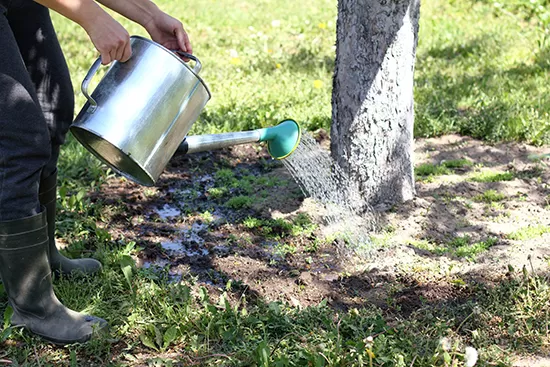
Soggy Soil or Puddles After Watering
If your lawn feels squishy underfoot or forms puddles after watering, it’s a clear sign of oversaturation. Grass roots need both air and water to thrive. Constantly soggy soil deprives them of oxygen.
Fix: Adjust your irrigation schedule and let the lawn dry out. Aim for deeper, less frequent watering to promote stronger root growth.
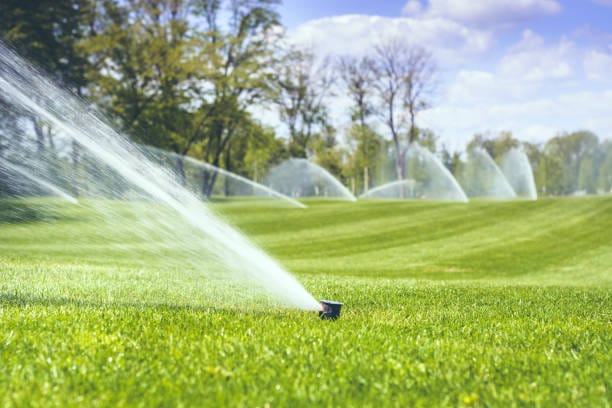
Yellowing Grass
Although yellow grass can also indicate underwatering or nutrient deficiency, overwatering often leaches nutrients out of the soil. The result? A dull, yellowish lawn that looks unhealthy.
Fix: Test your soil’s nutrient levels and reduce watering frequency. Use a balanced fertilizer to replenish essential nutrients.
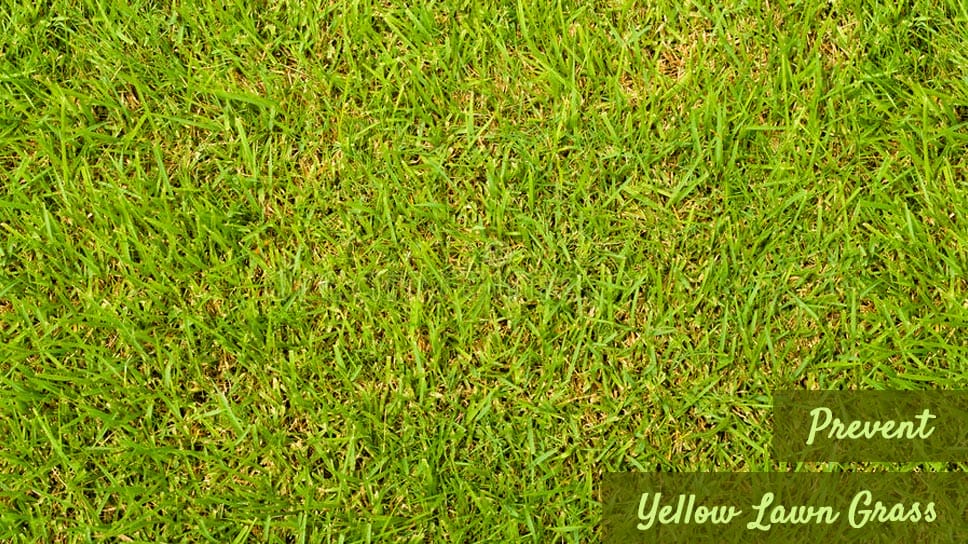
Mushrooms or Fungal Growth
Fungi thrive in damp, moist environments. If you’re seeing mushrooms pop up regularly, it’s often because the soil is too wet.
Fix: Improve drainage and cut back on watering. Aerating your lawn can also help reduce compaction and improve water absorption.
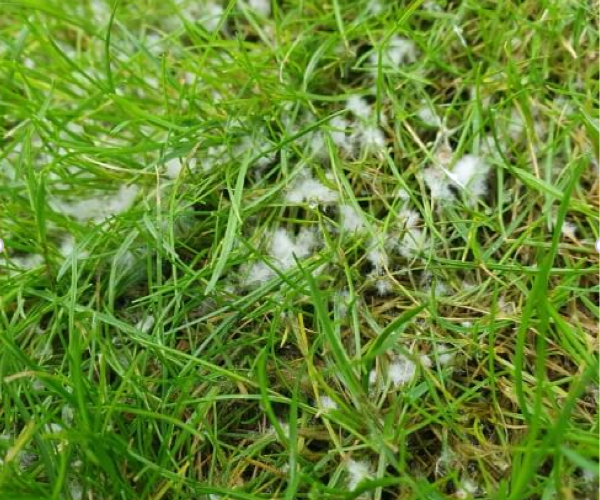
Weeds Taking Over
Certain weeds, like nutsedge and crabgrass, love wet conditions. If these types of weeds are taking over your lawn, it could be due to overwatering.
Fix: Reduce watering and maintain a healthy mowing schedule. Consider applying a selective herbicide if necessary.
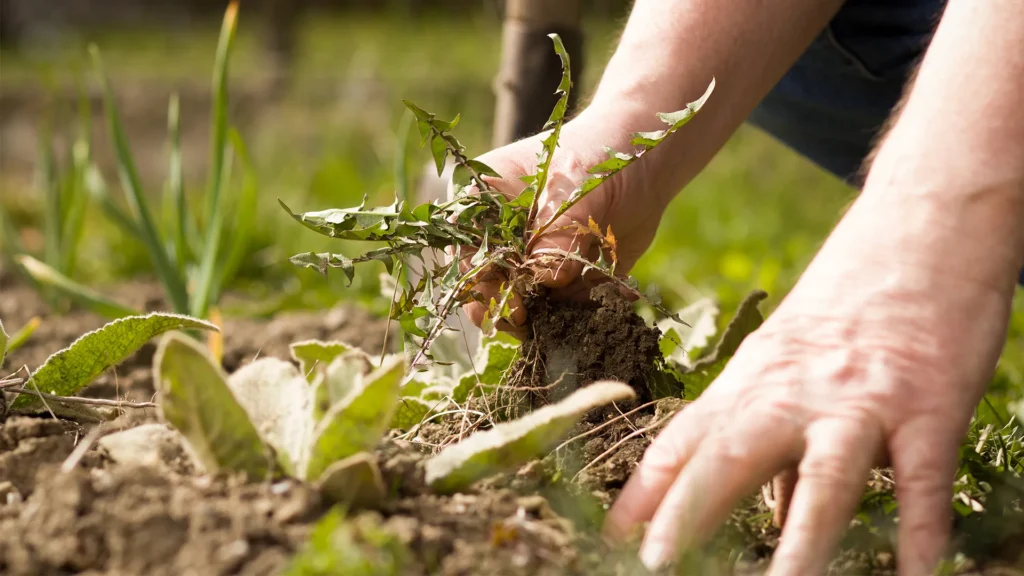
Thatch Buildup
Thatch is a layer of organic material between the soil and the grass. While some thatch is normal, excessive moisture can accelerate its accumulation, suffocating your grass.
Fix: Dethatch your lawn in spring or fall and avoid excessive watering. Regular mowing and aerating can also help manage thatch.
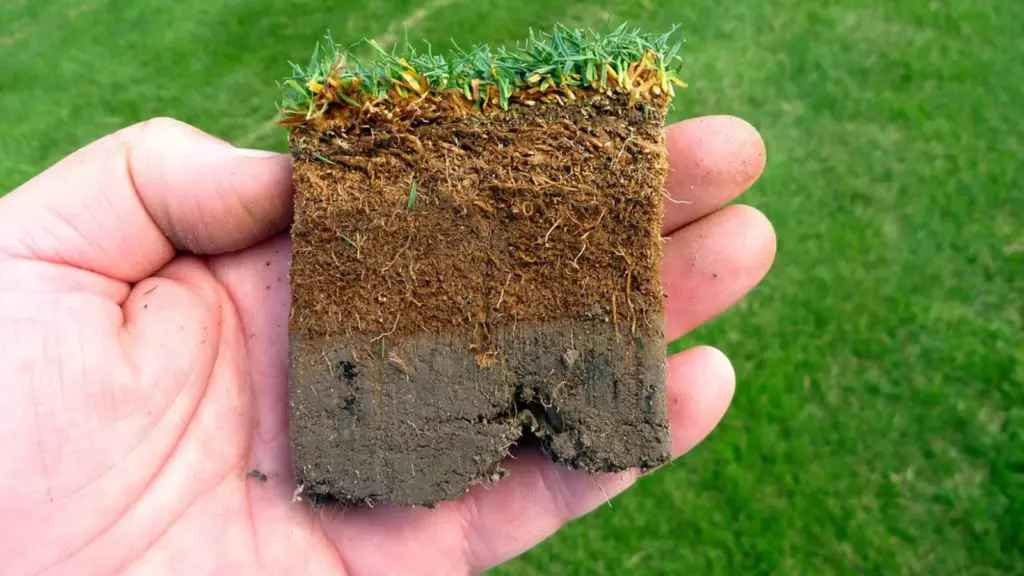
Increased Pest Activity
Wet soil can attract grubs, mosquitos, and other pests. Grubs feed on grassroots, damaging your lawn from below the surface.
Fix: Reduce water output and treat pest infestations early with eco-friendly solutions or professional pest control.
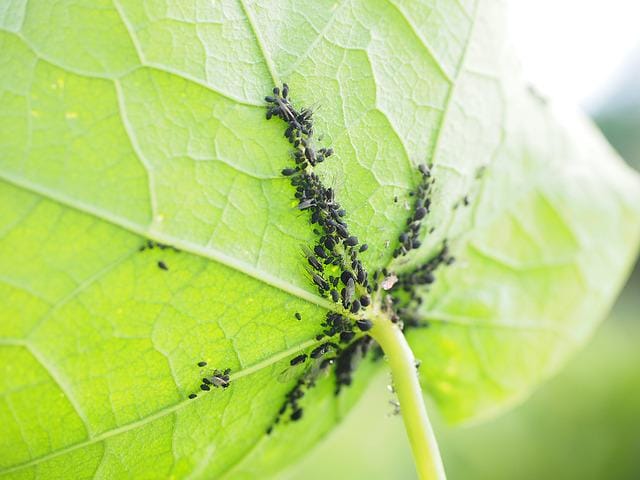
How Much Water Does Your Lawn Really Need?
The general rule of thumb is that most lawns need 1 to 1.5 inches of water per week, including rainfall. The best time to water is early morning when evaporation is low. Watering deeply two to three times a week is far better than shallow watering every day.
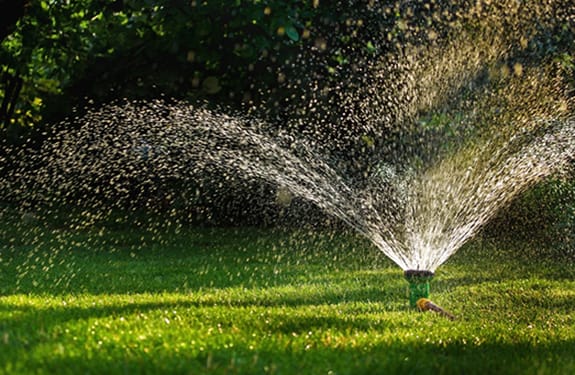
How to Fix an Overwatered Lawn
1. Cut Back on Watering
Start by skipping your next scheduled watering and monitor your lawn’s condition. Use a soil moisture meter to determine if the ground is too wet.
2. Improve Drainage
If your lawn is consistently soggy, the problem might be poor drainage. Aerating the soil can help relieve compaction and improve water flow. In severe cases, installing a French drain or amending soil may be necessary.
3. Adjust Your Irrigation System
Automatic sprinkler systems can overdo it, especially if they’re not calibrated correctly. Check for broken sprinkler heads and make sure your system only runs 2–3 times per week.
4. Monitor Weather Patterns
Many homeowners forget to turn off sprinklers during rainy weeks. Installing a rain sensor or using a smart irrigation system can save water and prevent overwatering.

Don’t Forget Soil Testing
If your lawn continues to struggle despite adjusting your watering habits, consider doing a soil test. It helps identify deficiencies in nutrients and gives you a better idea of how to balance water with fertilization.
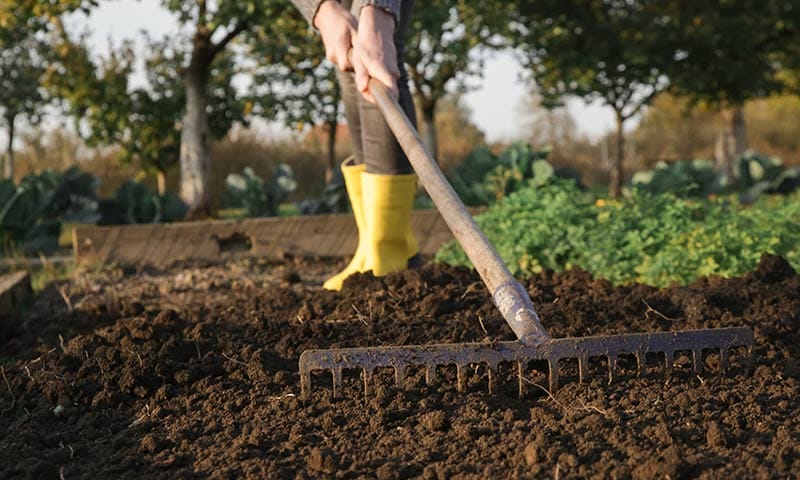
Final Thoughts
Overwatering your lawn can cause just as much harm as not watering enough. Recognizing the signs of an overwatered lawn early on is key to maintaining healthy grass. By adjusting your watering schedule, improving soil drainage, and being mindful of weather, you can fix the problem and enjoy a green, resilient lawn all season long.


